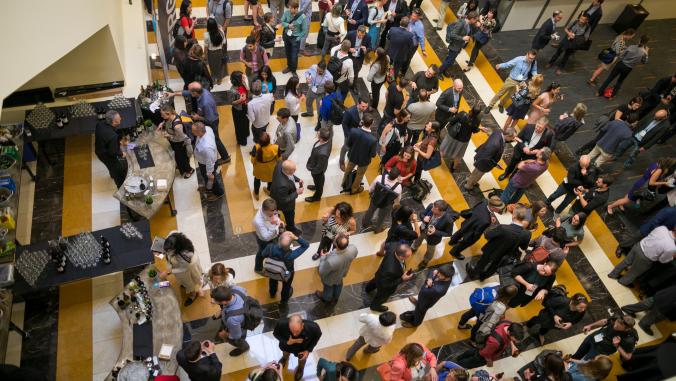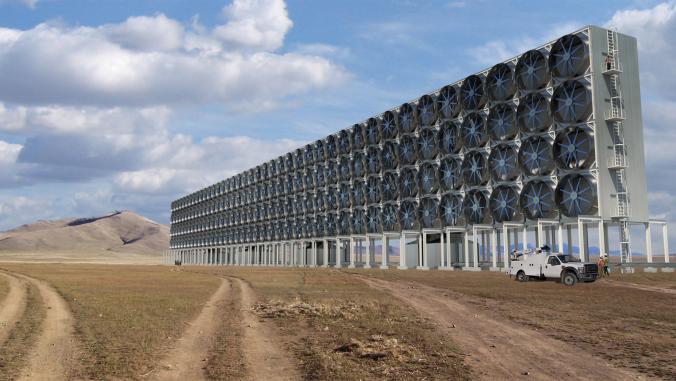How forests can be a bigger part of the answer to climate change
Halting deforestation would be equivalent to taking the world’s cars off the road. From APP to Wilmar, some brands are turning a new leaf.

Usually when we talk about climate change and what we can do to mitigate its impacts, we talk about ways to cut back carbon emissions through alternatives, policy actions or efficiency measures. We usually don’t think about the role that forests play in this equation.
The fact is, forests absorb much of the carbon that our cars, homes and power plants emit — about a third of it, actually. That means that if we had three times as much forest as we do today, which, of course, we did not that long ago, we wouldn’t have that big of a problem keeping our climate the way it’s been for a long time.
Of course, forests take a long time to grow and we don’t exactly have millions of acres sitting around, doing nothing, that we can turn into forests. If anything, things are going the other way. Forests are continuously being turned into farmland to feed the growing population. The point is to recognize the important role that forests do play in this unfolding tale of our battle against time in the face of a climate that is becoming unstable.
The relationship is a complicated one, but it’s important that people understand it. Because of the vast amounts of carbon stored in forests, that means that all that carbon is slowly released when a forest is cut down, or very quickly released when a forest burns down.
One study found that deforestation was responsible for 8 percent of the world’s carbon emissions. Another interaction to consider is that climate change is posing a significant threat to forests through warmer temperatures, droughts and northward migration of insect pests, emboldened by the warmer temperatures.
A recent report in the New York Times described a threat to the aspen trees of the American west, brought on by climate change-induced drought. Drought also can increase the likelihood of forest fires.
Recognizing the critical role of forests and their need for our protection, the U.N. Climate Summit, last year in New York, pledged to halt deforestation by 2030. Given the vast amount of commercial activity involving the exploitation of forests, that really sounds like a green optimist’s dream. Yet doing so would save somewhere between 4.5 billion and 8.8 billion metric tons from reaching the atmosphere. How much is that? It is essentially equivalent to taking all the world’s cars off the road.
Talk is cheap, but what is actually being done? Several European countries, notably the U.K., Germany and Norway, have pledged roughly $1.1 billion to pay to other countries to reduce deforestation. A number of companies also made pledges, including Kellogg’s, Marks & Spencer, Barclays and Nestle.
Even more impressive, perhaps, are those companies whose livelihoods have depended on the exploitation of forest resources. Among these are palm oil giant Cargill and Asia Pulp and Paper (APP), whose interests in forests is self-explanatory.
APP announced a Forest Conservation Policy last year which included a Sustainability Roadmap 2020. The company suspended all forest clearance activities while it performed an assessment of its properties to determine which areas deserved High Conservation Status and will remain protected.
The company further committed to protect forested peatland, to respect the rights of indigenous peoples and to follow responsible forest management practices throughout its supply chain. Likewise, Wilmar International, the world’s largest palm oil producer, pledged a full moratorium on all forest and peat land clearance.
These are positive steps, varied and widespread as they might be, in dealing with a complex global challenge.
So when you’re walking in the woods the summer, cooling off from the excesses of summer sun, keep in mind the vital role these trees will play in our future.
This story first appeared on:





